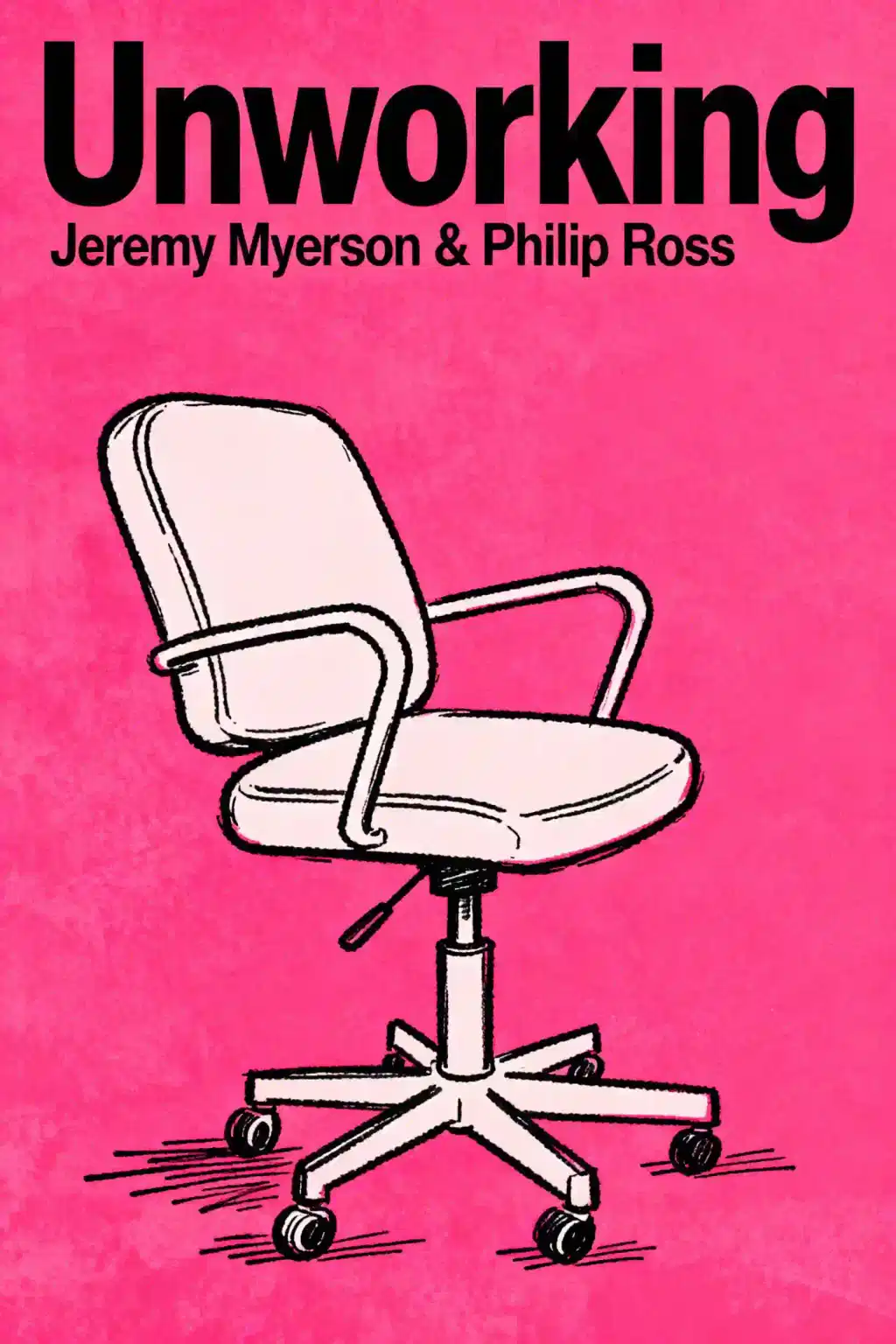What is
Workstyle by Lizzie Penny and Alex Hirst about?
Workstyle advocates for individualized, autonomous working practices that prioritize personal wellbeing and productivity over rigid 9-5 structures. The book introduces the concept of "workstyle"—a system where professionals design their own schedules and environments based on their unique needs. It blends historical context, case studies, and actionable frameworks to challenge traditional work norms, emphasizing flexibility, equity, and mental health.
Who should read
Workstyle?
This book is ideal for professionals seeking work-life balance, HR leaders redesigning workplace policies, freelancers, and Gen Z/millennial workers prioritizing ethical, adaptable careers. It also appeals to executives at companies like Unilever or Amazon, which Lizzie Penny and Alex Hirst have advised, and anyone interested in neurodiverse-friendly work environments.
What are the four workstyles described in
Workstyle?
The authors identify four archetypes: perfectionist (detail-oriented), prioritizer (goal-focused), multi-tasker (adaptable), and procrastinator (creativity-driven). Each style has strengths and weaknesses, with examples of successful individuals who leverage their natural tendencies. The book provides tools to identify and optimize one’s dominant workstyle.
How does
Workstyle differ from hybrid or remote work models?
Unlike employer-mandated hybrid setups, workstyle grants complete autonomy over when, where, and how tasks are completed. It rejects one-size-fits-all flexibility, instead empowering individuals to design systems aligned with their energy cycles, responsibilities, and values—proven to enhance both performance and satisfaction.
What are key quotes from
Workstyle?
- “Workstyle is the complete freedom to choose when and where you work.”
- “The industrial age routine is being dismantled—what replaces it must work for you.”
These lines encapsulate the book’s mission to dismantle outdated practices and promote self-directed work rhythms.
How can
Workstyle help with career transitions?
The book offers exercises to audit current work habits, identify pain points (e.g., burnout), and redesign routines. For example, a parent might shift to project-based contracts, while a corporate employee could negotiate asynchronous hours. Case studies show improved productivity and reduced stress.
What criticisms exist about
Workstyle?
While praised for its innovative approach, some argue its emphasis on autonomy may clash with industries requiring real-time collaboration (e.g., healthcare). Others note scalability challenges for small businesses. The authors address these by advocating incremental changes and team-level experiments.
How does
Workstyle address neurodiversity?
It highlights how rigid schedules harm neurodivergent professionals and proposes customizable workflows. For instance, ADHD workers might thrive with shorter, hyper-focused bursts, while autistic individuals benefit from predictable task sequences. Companies adopting these practices report higher retention.
What historical context does
Workstyle provide?
The book traces the 9-5 workday’s origins to 1817 factory reforms and argues it’s obsolete in a digital era. It contrasts this with pre-industrial agrarian rhythms, where tasks were seasonally and individually tailored—a model the authors believe modern work should replicate.
How does
Workstyle compare to
Atomic Habits or
Deep Work?
While Atomic Habits focuses on behavior change and Deep Work on concentration, Workstyle tackles systemic workplace structures. It complements these by providing a macro-level framework to implement micro-habits in alignment with personal and organizational goals.
Why is
Workstyle relevant in 2025?
Amid AI disruption and global shifts to gig economies, the book offers tools to navigate unstable job markets. Its emphasis on self-directed work aligns with Gen Z’s demand for purpose-driven, mentally sustainable careers—a trend accelerated by post-pandemic remote work.
What are actionable steps to implement a workstyle?
- Audit: Track energy levels and productivity peaks for one week.
- Design: Create a schedule around optimal hours, using tools like time-blocking.
- Negotiate: Present data-backed proposals to employers or clients.
- Iterate: Adjust quarterly based on changing priorities.


















